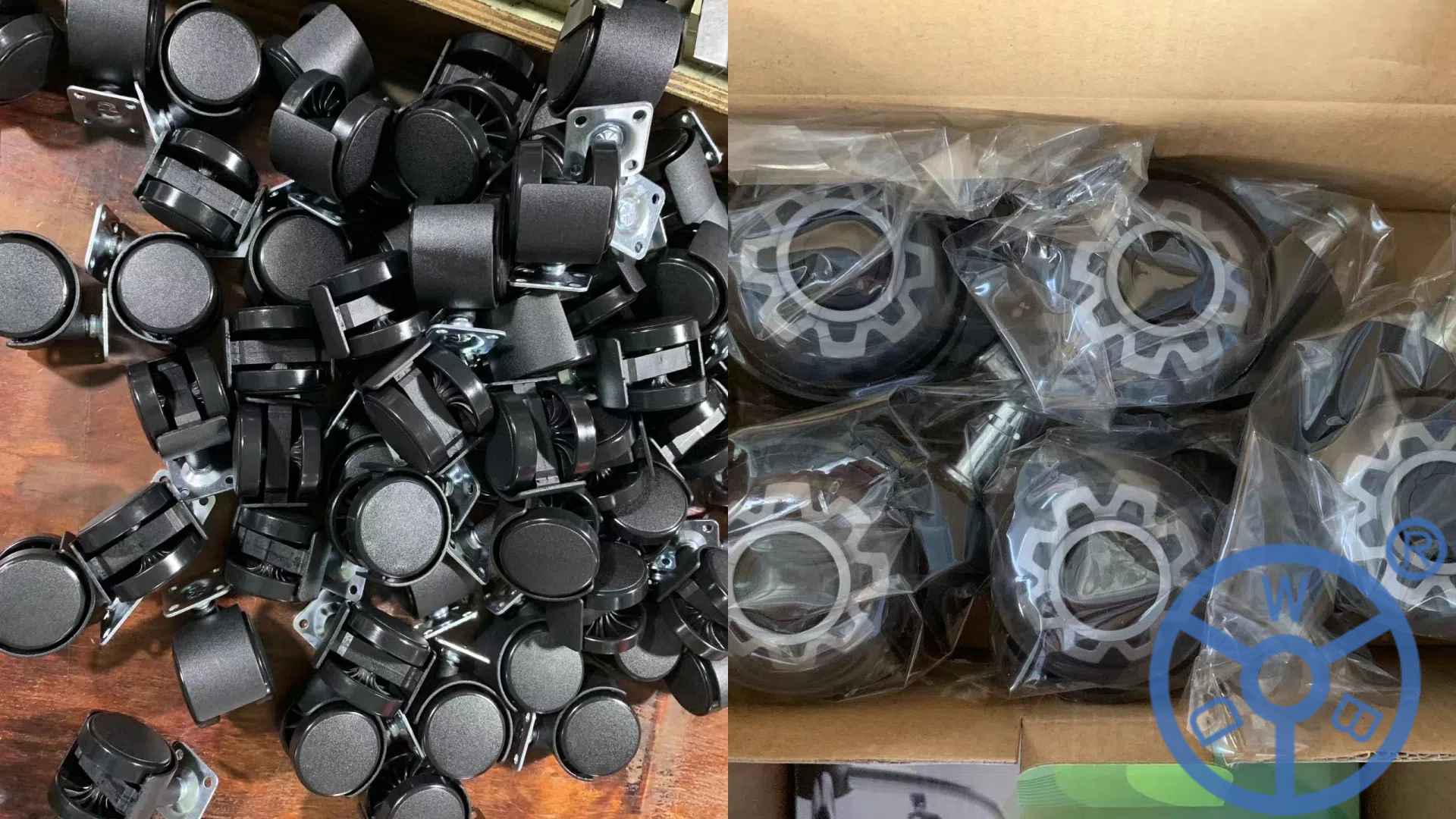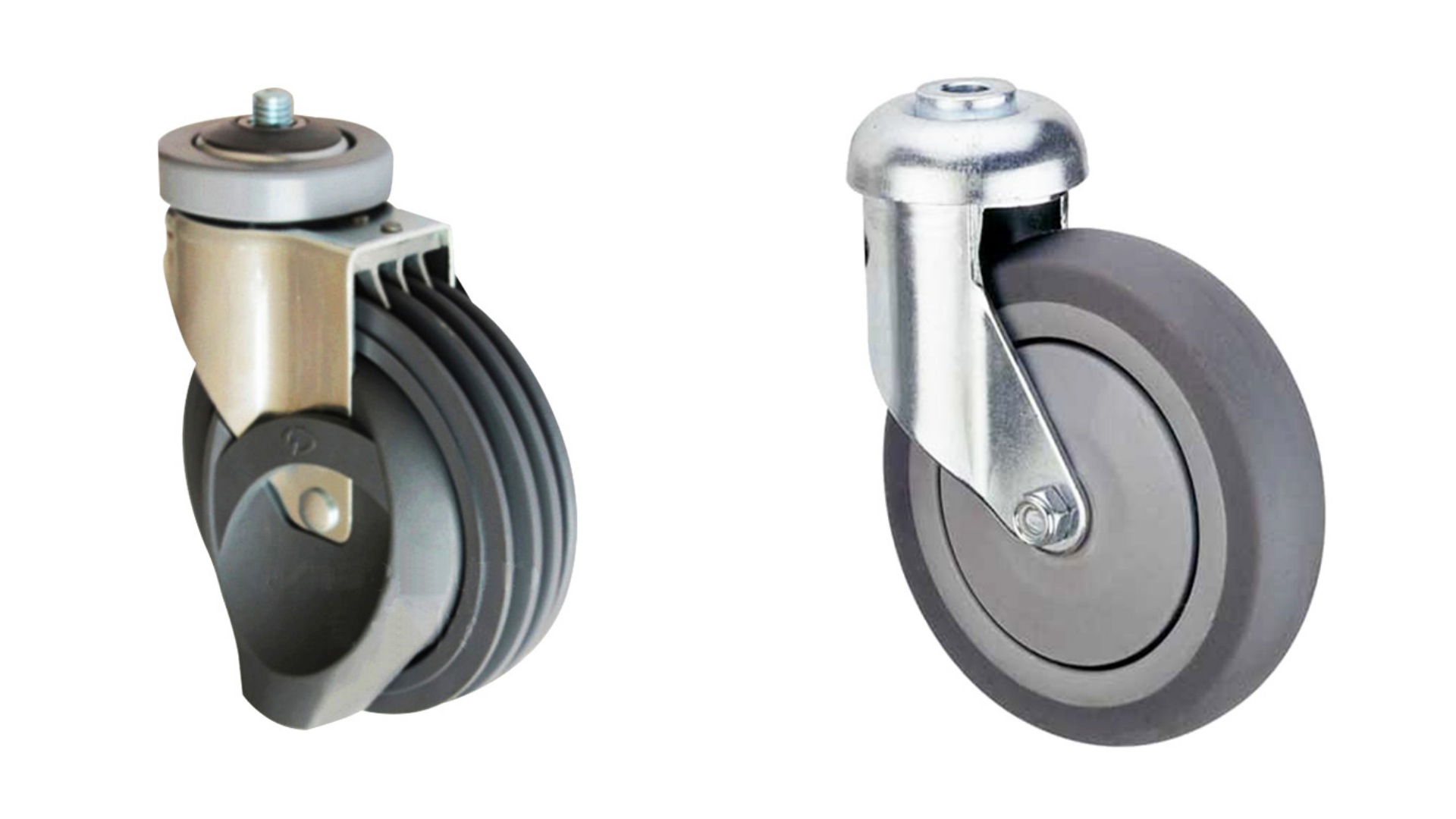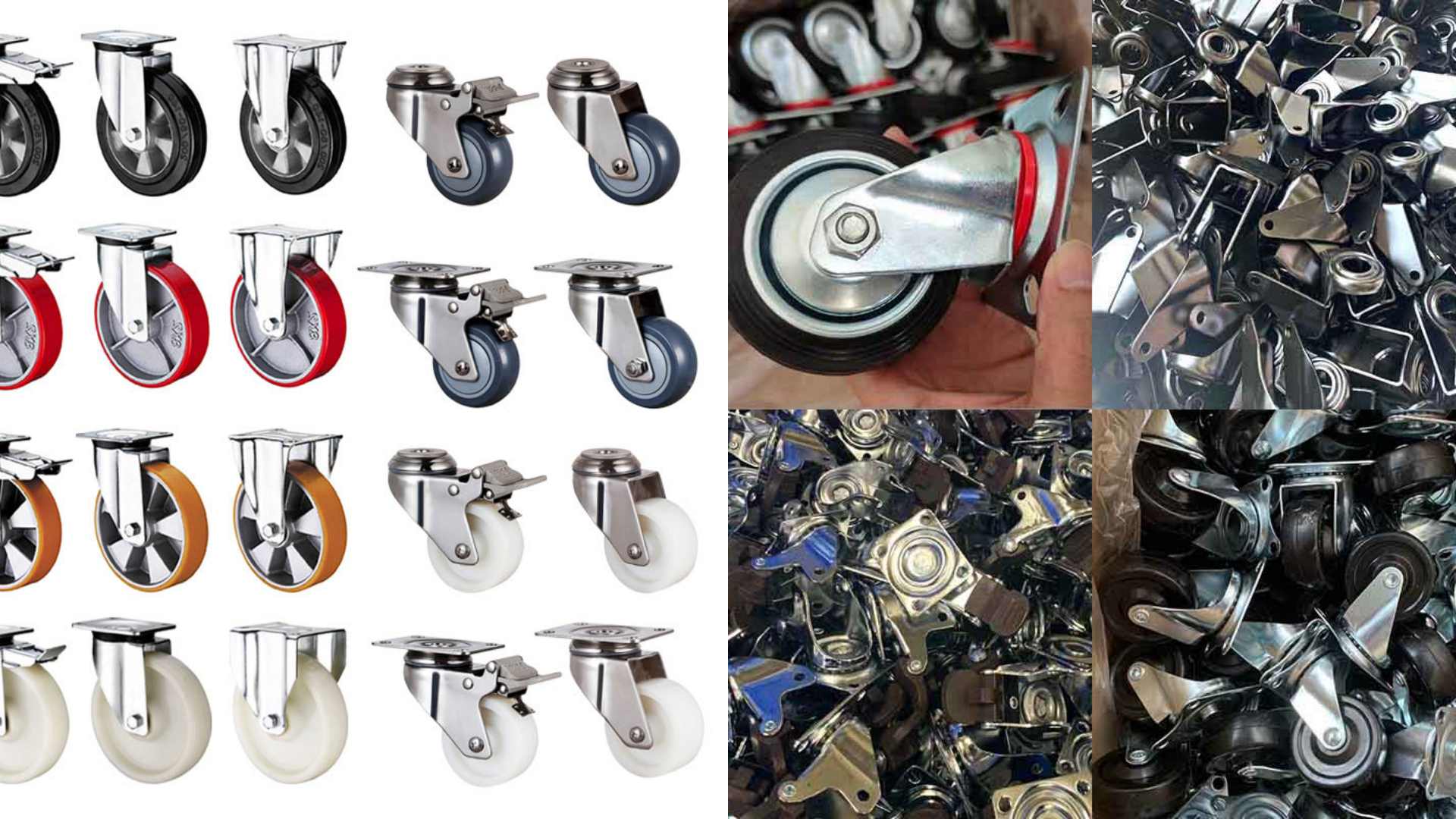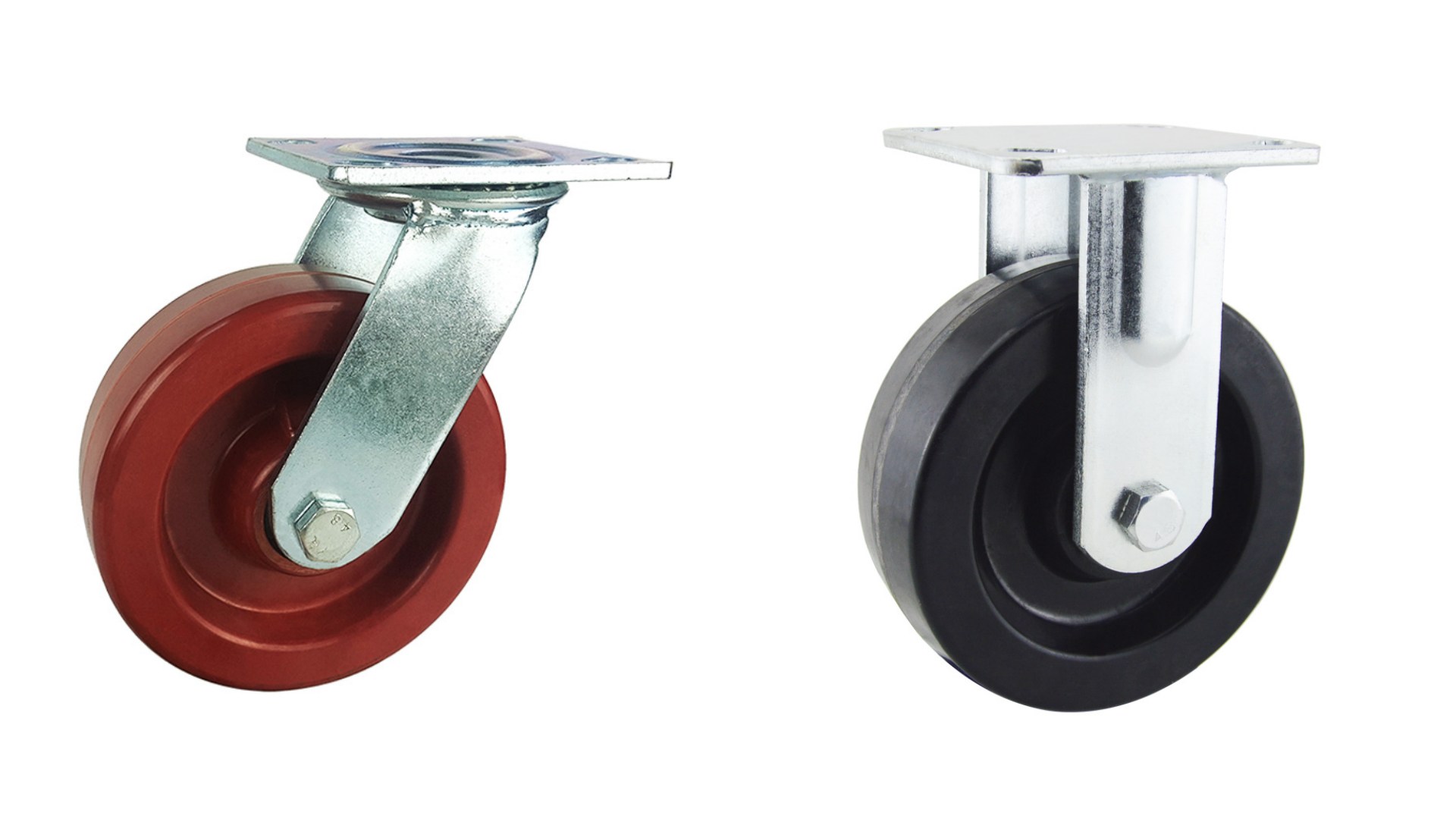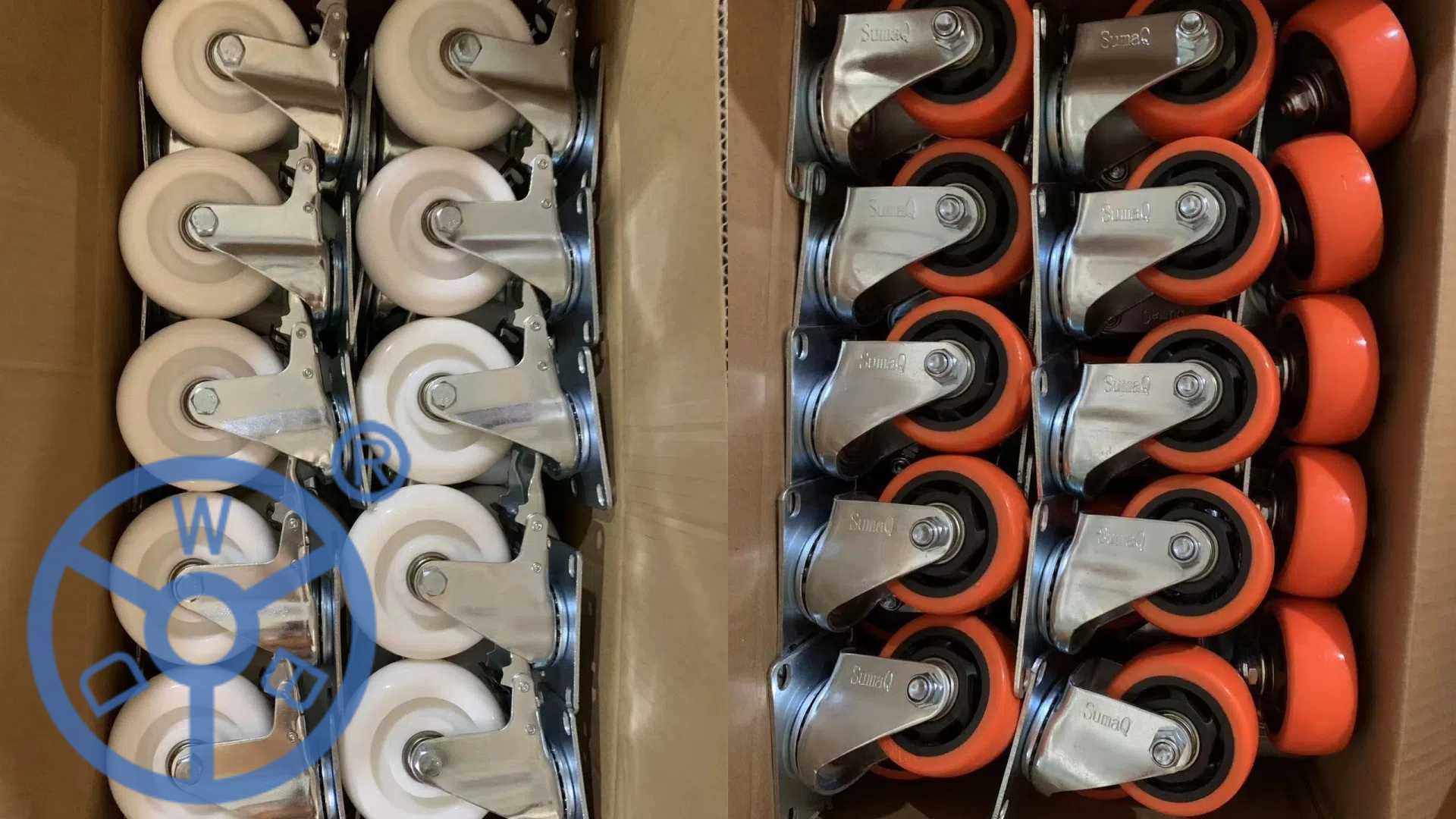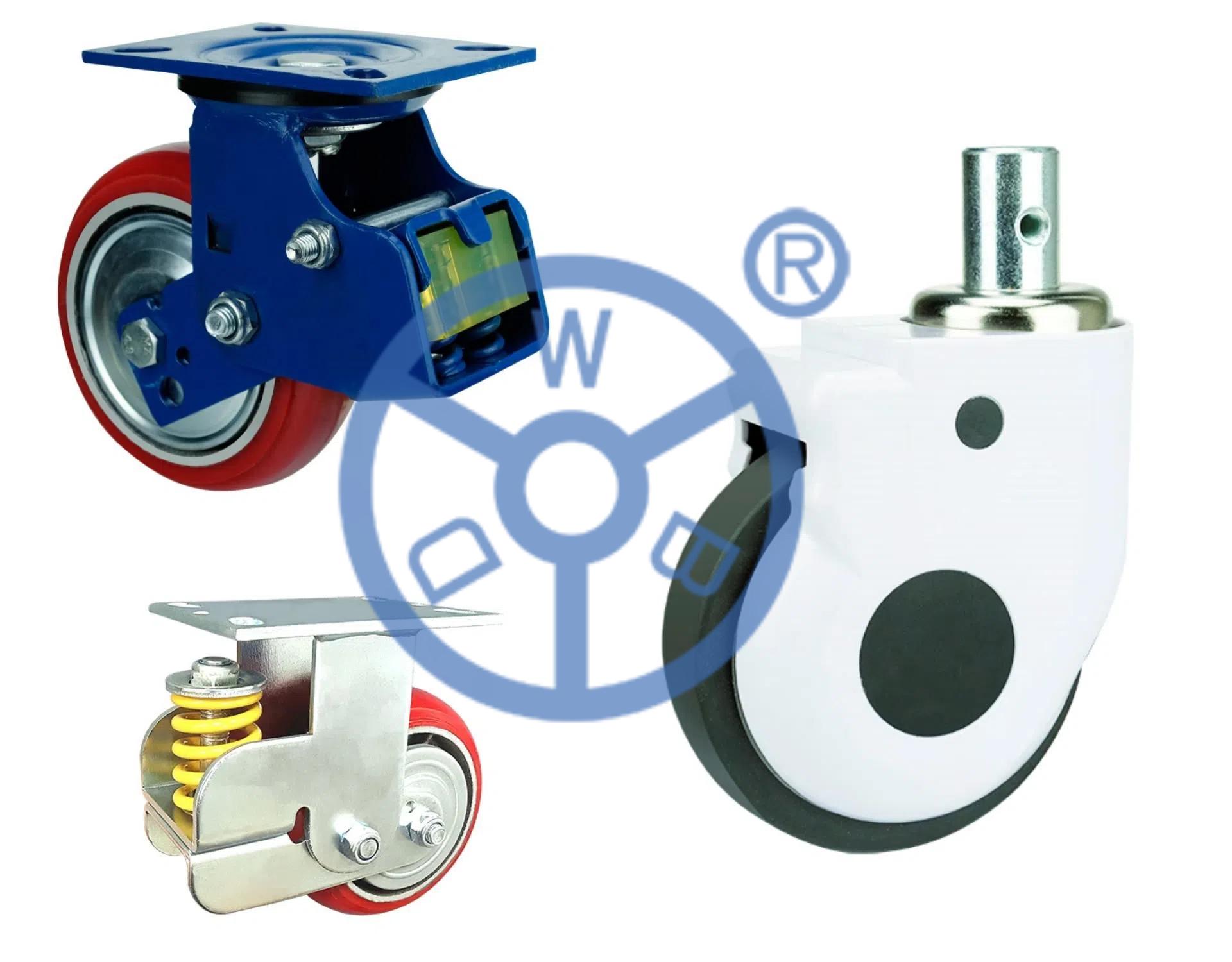Exploring the Latest Trends in Furniture Casters
The latest trends in furniture caster wheels revolve around smart features, sustainability, customization, and functionality. Smart casters integrate sensors for motion detection and automatic locking, while eco-friendly materials like recycled plastics and bamboo are increasingly used to align with sustainability goals. Customization options such as varied colors and designs cater to individual tastes and interior decor styles.
Furniture casters for hardwood floors with noise reduction features like rubberized treads or specialized designs aim to minimize disturbances. Multi-functional casters enable furniture pieces to transform easily, optimizing space in smaller living environments. Minimalist designs with clean lines are favored, ensuring casters blend seamlessly with modern furniture aesthetics.
In industrial and commercial settings, heavy-duty casters made from advanced materials like high-strength steel alloys cater to transporting heavy loads, often incorporating swivel locks and brake systems for safety. Additionally, there's a growing demand for antimicrobial casters, particularly in healthcare and hospitality sectors, to enhance hygiene and reduce the spread of pathogens. These trends reflect a combination of consumer preferences, technological advancements, and a focus on sustainability and functionality in furniture design.
